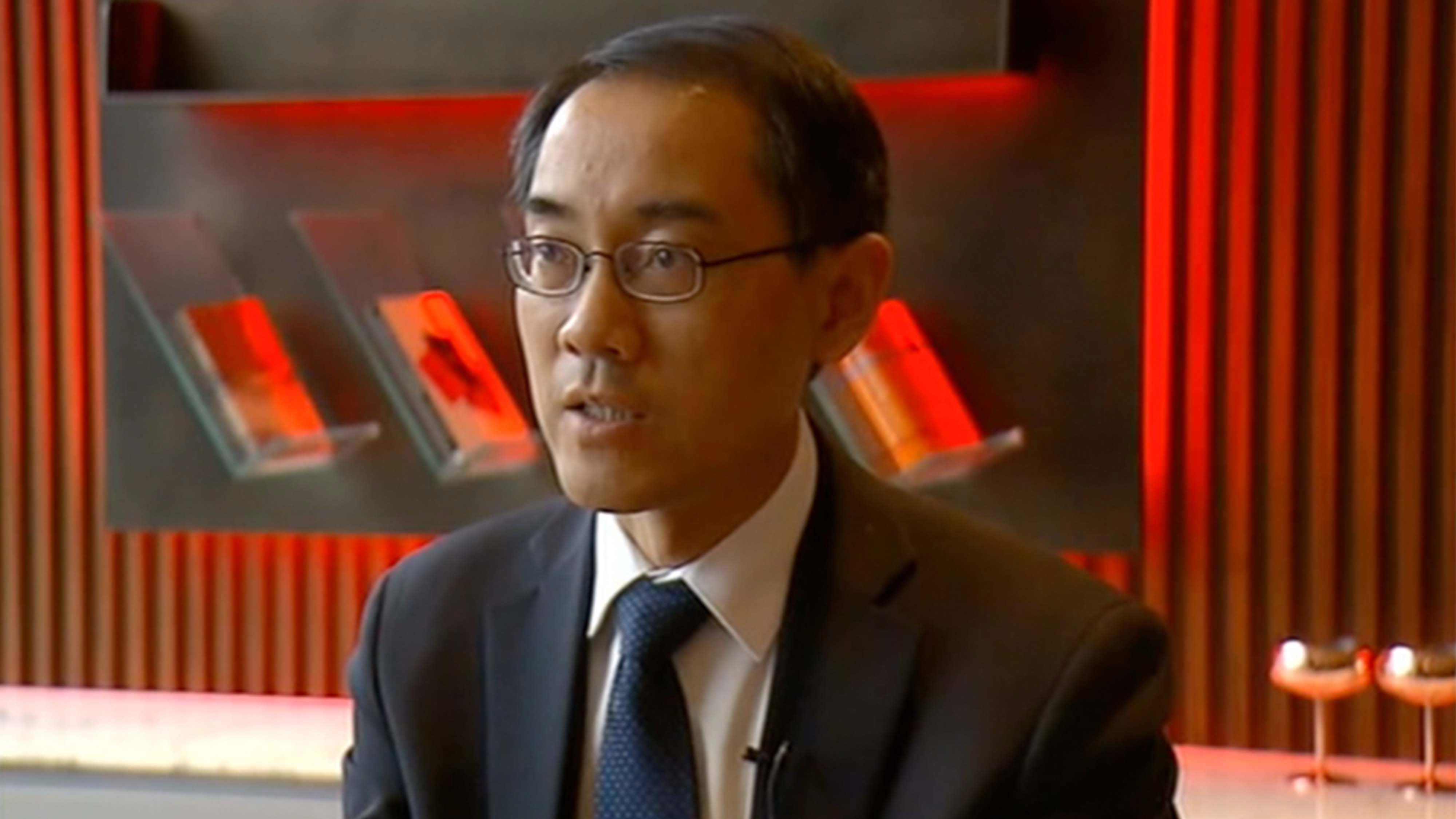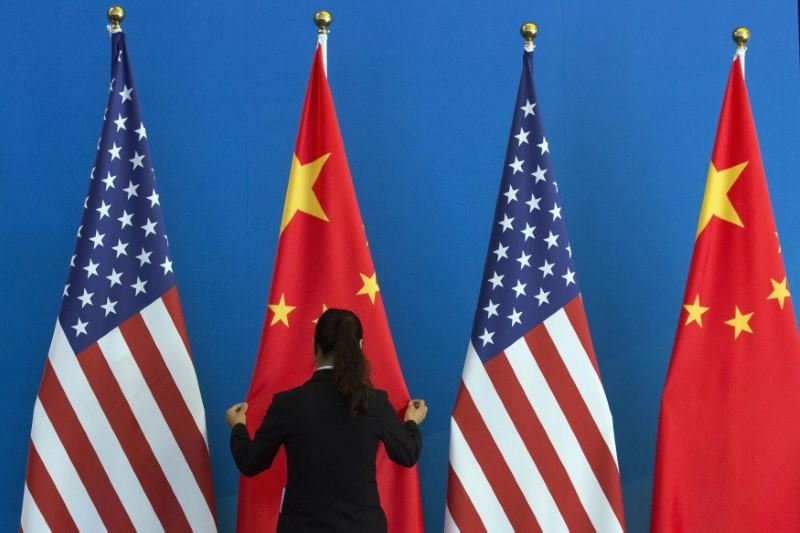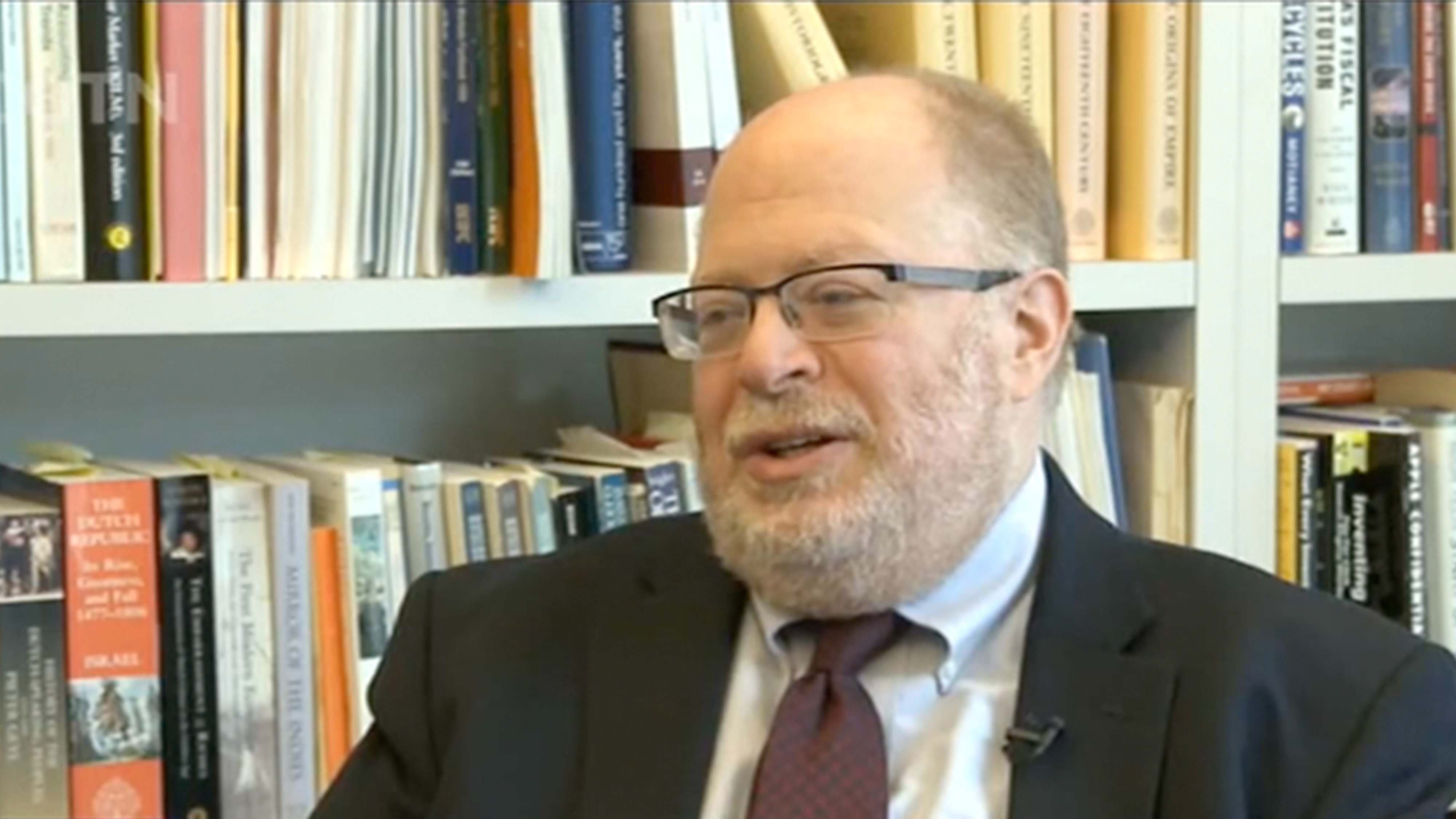
Business
21:30, 15-Jan-2018
China EconTalk: China-US trade friction looms as largest 'grey rhino' in 2018
CGTN's Liang Rui

Editor's note: Economists tell CGTN that concerns are mounting over the rising probability of US trade sanctions against China, and that they may be the largest grey rhino in 2018.
The United States monthly international trade deficit increased to 50.5 billion US dollars in November 2017, up 1.6 billion US dollars from a month earlier, according to the latest data from US Bureau of Economic Analysis and the US Census Bureau.
The increase in the country's trade deficit has led to rising concerns that Washington will impose trade sanctions on China.
Ding Shuang, Chief Economist at Greater China and North Asia at Standard Chartered Bank, says that friction in China-US trade may be the most prominent "grey rhino" in 2018, referring to dangers that are obvious and frequently ignored anyway.
“I think people underestimate the threat and impact because of things went very well in 2017. The US President Donald Trump didn’t label China as a currency manipulator and there weren’t a high number of trade sanctions imposed against China.”
But the chief economist thinks that the probability of trade sanctions is up in 2018.
"Recently, the national security strategy adopted by the Trump administration identifies China as a US rival – that is engaging in economic aggression to weaken the US influence. A handful of investigations could lead to a hike in tariffs on China’s goods,” says Ding.

Reuters Photo
Reuters Photo
In light of the recent anti-dumping and anti-subsidy investigations initiated by the US government, Ding's warnings may not be exaggerated cries of alarm.
In November 2017, the US Commerce Department said it had made a final determination that anti-subsidy duties should be imposed on tool chests imported from China. Months ago, the department set final dumping and subsidy rates on imports of phosphonate, a chemical used in industrial water treatment, as well as Chinese stainless steel sheets and strips, just to name of the few actions taken so far.
In January 2018, the US Commerce Department said that it would launch a probe into whether imports of steel products threatened US national security.

Professor Lin Yifu, who works at the National School of Development under Peking University, said that there would be two results if Trump slapped 45 percent tariffs on Chinese imports.
“Either the US continues to import from China but their consumers have to pay 45 percent more, or the US produces these goods themselves. But they don't have any competitive advantages,” said Lin.
They could also transfer the production to such countries as Vietnam, India or African countries. But the costs will be higher than imports from China, and the consumers still foots the bill."
Professor Lin said that US academics have reached a consensus on the cost of trade wars between China and US, with the concerns being expressed by Adam Posen, President of Peterson Institute for International Economics.
“If we change the deals and suddenly the US has more manufacturing, it would mostly take the form of expanded capital in robots. When will actual jobs materialize?"
Posen also explained the reason of US policy shift, “The issue is that the beliefs serve specific interests in the Trump administration.”

SITEMAP
Copyright © 2018 CGTN. Beijing ICP prepared NO.16065310-3
Copyright © 2018 CGTN. Beijing ICP prepared NO.16065310-3